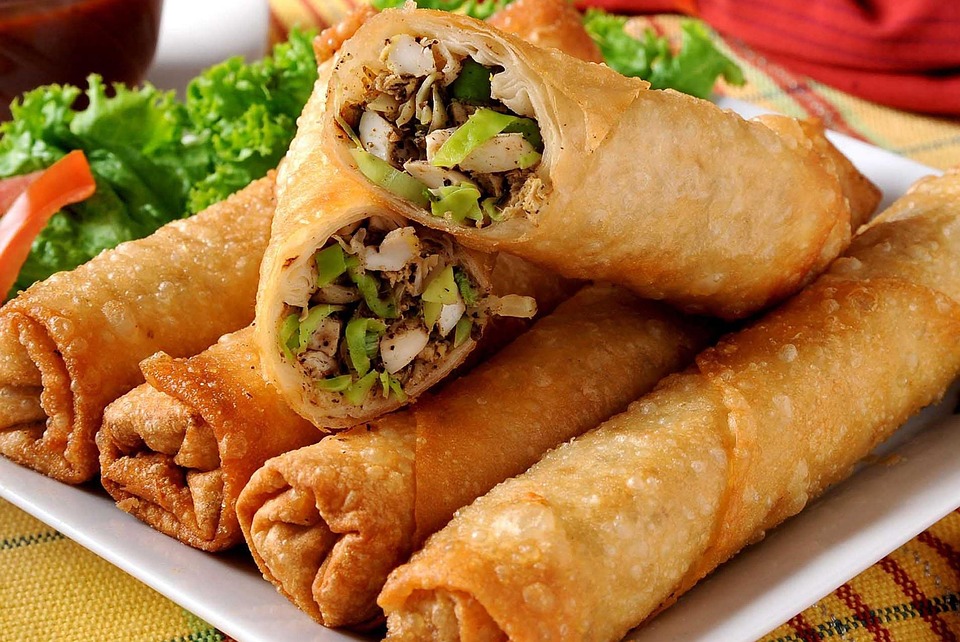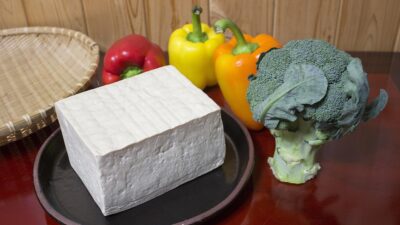The allure of Chinese cuisine, with its vibrant flavors, intricate techniques, and diverse ingredients, has captured the hearts and palates of food lovers worldwide. For many, the idea of recreating authentic Chinese dishes at home feels intimidating. However, with the right tools and techniques, anyone can master the art of Chinese cooking—a journey best started with the versatile wok.
The Wok: A Kitchen Essential
The wok is the heart of Chinese cooking. Its unique shape allows for high-heat cooking and even heat distribution, which is essential for achieving that perfect stir-fry. Here are some key points to consider when selecting and using a wok:
Choosing Your Wok
-
Material Matters: Carbon steel woks are the most traditional choice, favored for their heat retention and responsiveness. If you’re looking for something more forgiving, non-stick woks are also available, although they may sacrifice some of the authentic techniques.
-
Size Matters: Consider the size you need based on your cooking habits. A 14-inch wok is often suitable for home cooks, allowing for ample space while still being manageable.
- Handle Options: Woks come with either a single long handle or two small handles. A long handle allows for easy tossing, while two handles offer better stability for serving.
Seasoning Your Wok
Before using a new carbon steel wok, it’s crucial to season it. This process creates a non-stick surface and enhances the flavor of your dishes. Here’s how:
- Wash the wok with soap and water and dry it completely.
- Heat the empty wok on the stove until it begins to smoke.
- Add a small amount of oil and tilt the wok to coat the surface.
- Let it cool, then wipe it clean.
Cooking Techniques
Understanding and mastering Chinese cooking techniques is key to achieving authentic flavors at home:
-
Stir-frying: This quick cooking method retains the colors and nutrients of the ingredients. Remember to prep all your ingredients before you start as stir-frying happens at lightning speed.
-
Steaming: A healthier cooking method that preserves flavors and nutrients. A bamboo steamer set over the wok can beautifully steam dumplings or vegetables.
-
Braising: Ideal for tougher cuts of meat, braising combines both dry and wet cooking methods to tenderize and infuse flavors.
- Deep-frying: For crispy spring rolls or fragrant sesame chicken, mastering the deep-frying technique is essential.
Classic Dishes to Start With
Once you’ve equipped yourself with a good wok and some essential techniques, it’s time to dive into the delicious world of Chinese cuisine. Here are a few classic dishes to try:
1. Fried Rice
Fried rice is the perfect dish for beginners. You can use leftover rice and any vegetables or protein you have on hand. The key is to use high heat and keep the ingredients moving for that coveted charred flavor.
2. Kung Pao Chicken
A perfect balance of sweet, savory, and spicy, Kung Pao chicken features marinated chicken stir-fried with peanuts and vegetables. This dish showcases the art of balancing flavors—sweet soy sauce, tart vinegar, and the heat from Sichuan peppercorns.
3. Mapo Tofu
Mapo Tofu is a spicy Sichuan dish featuring silken tofu and ground meat. The bold flavors come from doubanjiang (fermented broad bean paste) and, when cooked properly, provide a comforting warmth that enchants the palate.
4. Dumplings
Dumplings are perhaps one of the most beloved symbols of Chinese cuisine. Whether steamed, boiled, or pan-fried, the joy of making and sharing dumplings is a culinary tradition worth exploring.
Ingredients to Keep on Hand
To successfully cook Chinese dishes at home, stocking your pantry with essential ingredients will make a world of difference:
-
Soy Sauce: A key seasoning in many dishes. Opt for light and dark soy sauces for different flavor profiles.
-
Rice Vinegar: Adds a tangy depth to stir-fries and marinades.
-
Hoisin Sauce: A sweet and savory sauce used in glazes and dipping sauces.
-
Sesame Oil: A little goes a long way in adding a nutty flavor to dishes.
- Fresh Herbs: Scallions, cilantro, and ginger are staples in many recipes, providing fresh flavor notes.
Conclusion
Cooking authentic Chinese cuisine at home is an immensely rewarding experience. With a little practice, patience, and passion, mastering the wok and its techniques becomes an adventure in flavor and culture. So grab your ingredients, heat up that wok, and prepare to impress yourself and your loved ones with the magical world of Chinese cooking. Remember—you’re not just cooking; you’re creating delicious memories to share around the table!



